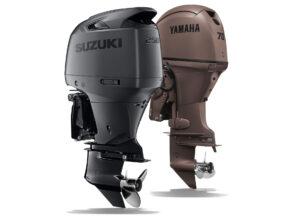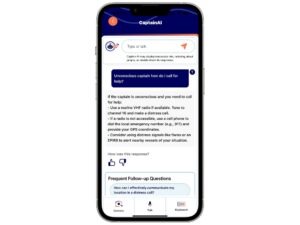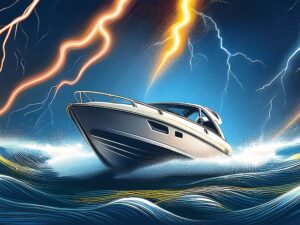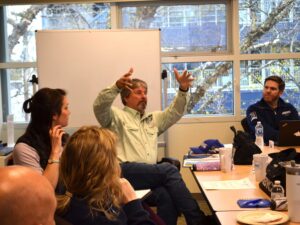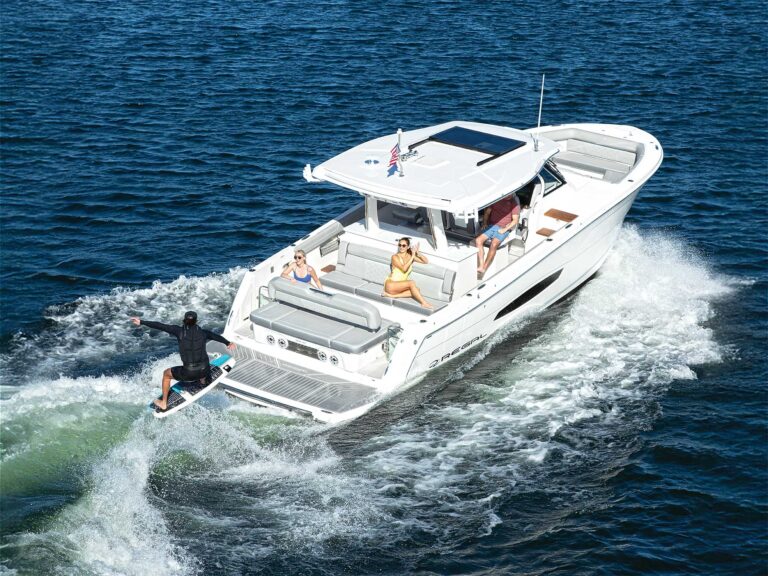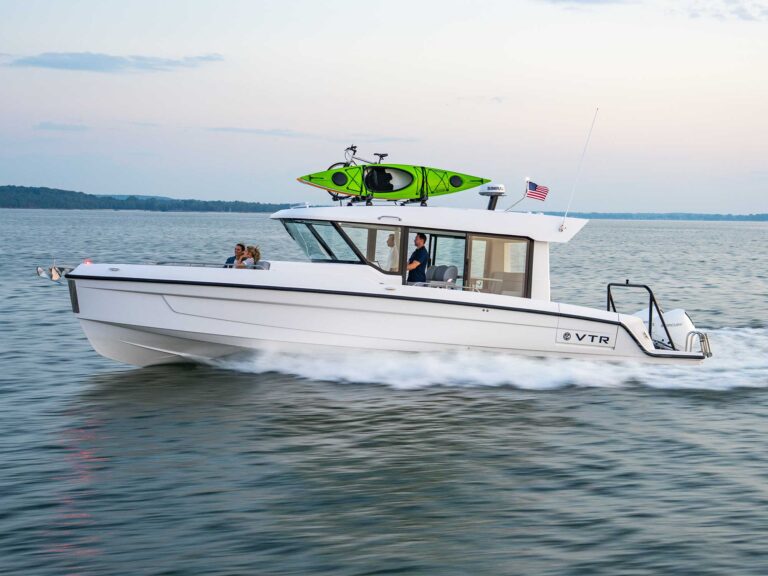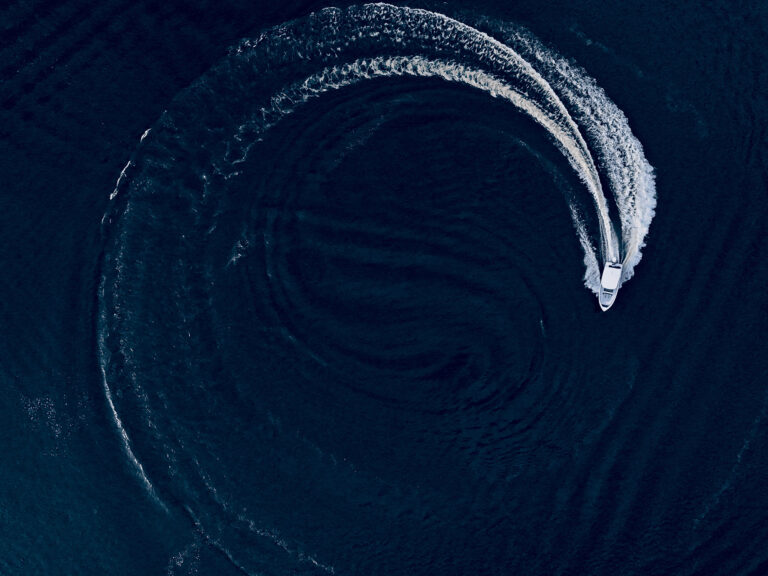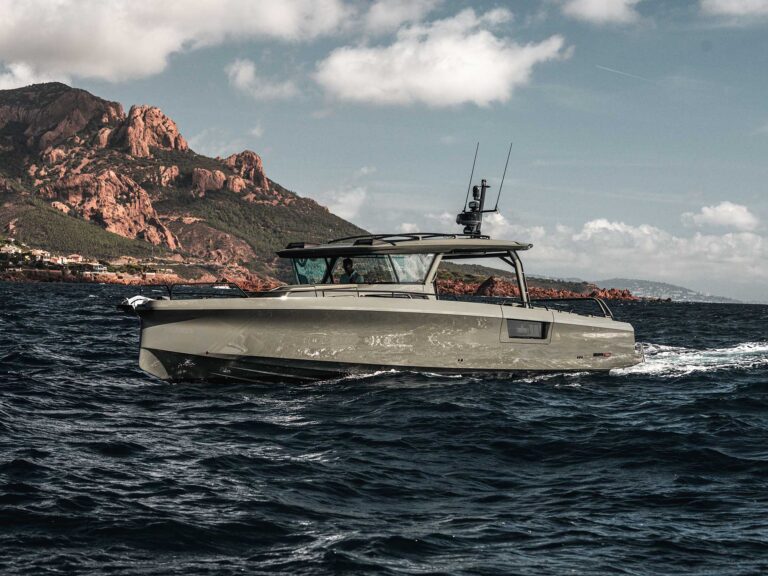
Just like humans, marine electronics have languages. The most common today is NMEA 2000, a digital language sanctioned by an industry association known as the National Marine Electronics Association (NMEA) that lets your electronic instruments “talk” to each other.
Digital Dialects
You may be familiar with NMEA 2000’s earlier version, NMEA 0183. It made it possible to have your GPS/chart plotter send steering commands to your autopilot. NMEA 2000 has taken the fundamentals of 0183 and multiplied its capabilities to give you remarkable command and control of your electronics and electrical equipment — more than many boaters ever dreamed possible.
While NMEA 0183 represents a narrow footpath over which short digital messages are sent from one device, in one direction (one device talking, one device listening) at a time, NMEA 2000 is a multilane superhighway where entire digital conversations are sped along in two directions simultaneously. Each onboard device can chatter away with up to 50 other devices. This translates into far more information and more control at more locations than NMEA 0183 could ever provide.
Backbone Basics
With NMEA 2000, all of your instruments are connected and share information. One key to sharing is a backbone cable that carries digital information throughout the system. Instruments tap into this backbone via various connectors such as T-connectors and drop cables. This eliminates the need for big bundles of wires strung throughout the boat. It reduces the complexity of the installation, as well as the weight of multiple wires and cables.
With a backbone cable serving as the highway, all you need to do is plug in any new NMEA 2000-compatible device and it comes to life with minimal setup procedure needed. Each instrument connected to the backbone will begin conversations with all other devices connected to the network.
Conversation Starter
A newly installed fish finder, for example, would in essence announce, “I have depth readings, boat speed and water temperature data to share.” The chart plotter and radar would respond, “We can use that information.” The GPS may then speak up and say to the fish finder, “I have position, heading and off-course data available.” These options and more are offered to you whenever a new device is connected to the network. And you can then decide what information you want displayed. This means you now have more relevant information available in more locations. Also with NMEA 2000, every navigation station display can operate as a master control station.
Systemwide Communication
This sharing of data and operation doesn’t end with navigation electronics. You can have monitoring and control of all major systems on board as well. This can include the engines and generators; batteries, charging systems and shore power; fuel flow management; electrical, lighting, pumps and blowers; liquid level of water, fuel and waste tanks; as well as safety and security systems.
Finding and correcting electronics failures are simplified. Single device failures will not shut down the entire network. In fact, troubleshooting can be as simple as disconnecting instruments one at a time to find an offending device.
Engine and boat manufacturers are also adopting NMEA 2000 standards. Many new marine engines, for example, now come equipped with NMEA connectivity in mind to display vital information on navigation displays at the helm. Look to boat manufacturers to pre-wire newer boats for NMEA 2000 connection as well. This will make installation of new electronics far less complex.

